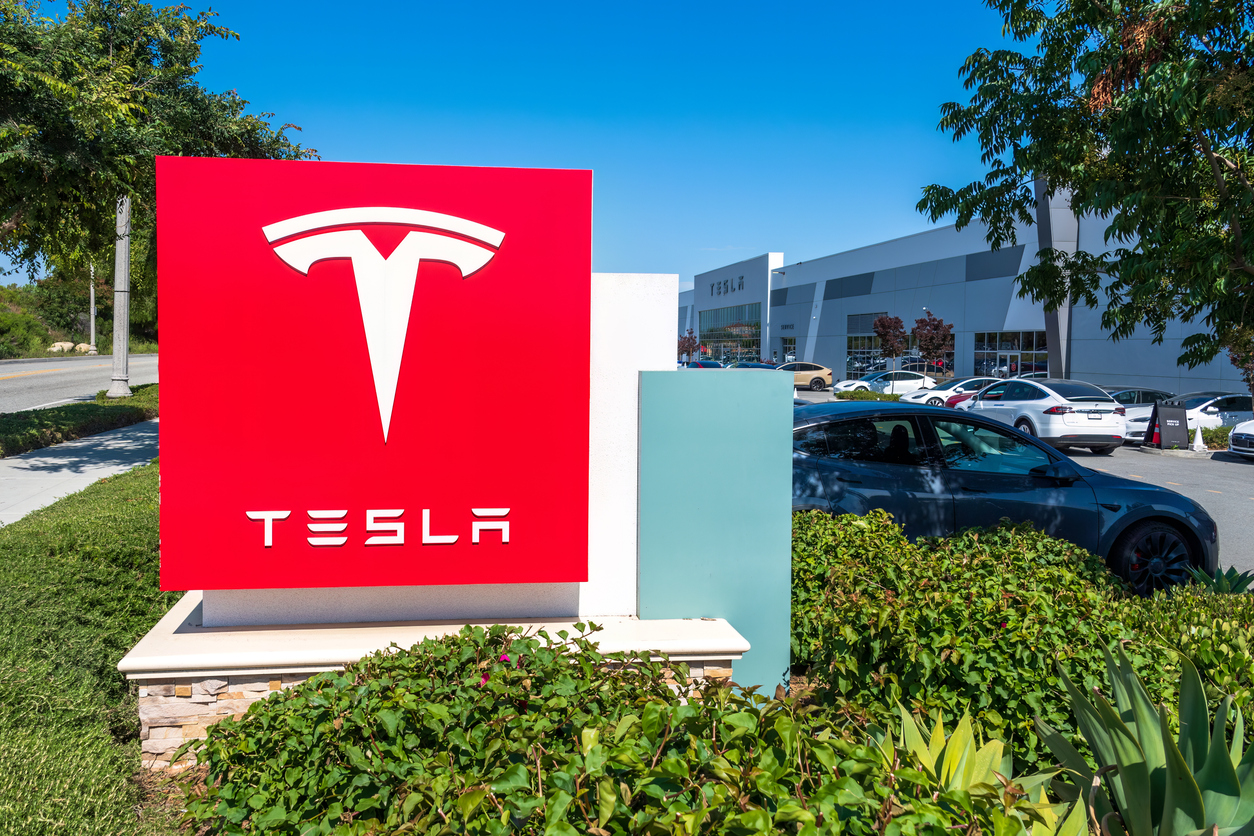
Tesla has been testing a robotaxi service in the Bay Area with its employees, using vehicles equipped with the company’s Full Self-Driving (FSD) software and safety drivers behind the wheel.
Elon Musk, during Tesla’s third-quarter earnings call, revealed that the company has been operating the service for several months, allowing employees to summon these autonomous vehicles via a prototype ride-hailing app. The service has not yet been made available to the public, and Tesla is still seeking regulatory approval to launch a commercial service in California and Texas by 2025.
Musk reiterated that Tesla’s goal is to launch a fully operational ride-hailing service using its autonomous vehicles by the second quarter of 2025, describing the FSD software as being “1000 times better” than human driving by that time. However, the vehicles currently require constant human supervision, as the FSD system remains a Level 2 driver assistance system. Safety drivers are in place to take control if needed, and the software offers automated features on highways and city streets.
Despite Musk’s ambitious statements, Tesla’s FSD software is still not classified as fully autonomous, unlike systems such as Waymo’s robotaxi service.
Tesla is working through the regulatory process to get permission to operate a commercial robotaxi service in California, a process involving multiple approvals from the Department of Motor Vehicles (DMV) and the California Public Utilities Commission (CPUC). While Musk acknowledged the regulatory challenges in California, he suggested that Texas might provide a smoother pathway for launching the service.
Currently, Waymo is the only company licensed to run a commercial driverless robotaxi service in California, specifically in San Francisco.
Testing with Employees, But No Public Launch Yet
The comments from Musk go beyond the statements he made two weeks prior during the unveiling of Tesla’s Cybercab, where he promised that Model 3 and Model Y owners would soon be able to use an “unsupervised” version of the FSD software.
At the time, he did not mention the ride-hailing network. However, during the earnings call, Musk and Tesla’s VP of Software Engineering, David Lau, confirmed that employees have been using the app to hail Teslas with safety drivers. It remains unclear whether Tesla obtained the necessary permissions from the DMV to conduct these internal tests.
Potential National Expansion by End of 2025
Musk also hinted at the possibility of expanding the service beyond California and Texas by the end of next year, pending regulatory approval. He admitted that past predictions about the timing of full autonomy had not materialized, citing his 2016 statement that all Teslas were equipped with the hardware needed for FSD. Since then, Tesla has had to upgrade the hardware in earlier vehicles.
Musk acknowledged that even Tesla’s more recent vehicles, built with “Hardware 3” starting in 2019, might not be fully capable of driving autonomously. He promised, however, that if the software eventually requires newer hardware for full autonomy, Tesla will upgrade the hardware at no cost to vehicle owners.
Screenshots teased earlier this year revealed features in Tesla’s app, such as a “Summon” button and a 3D map showing the vehicle’s route to the passenger. While Tesla continues its efforts to refine the FSD software, Musk described the anticipated robotaxi service as a major evolution for the company, taking it beyond its current role as a vehicle and battery manufacturer.
The Cybercab, which Musk also introduced this month, is expected to go into production by 2026.
Featured Image courtesy of baileystock/Getty Images
Follow us for more tech news updates.
